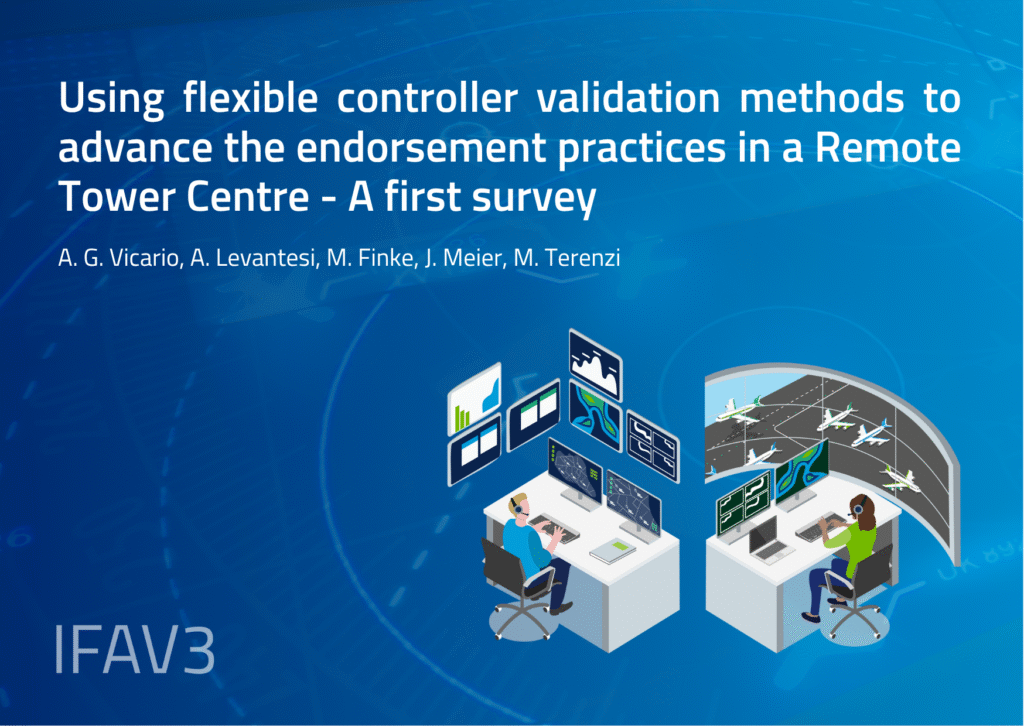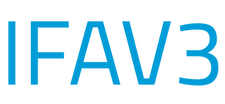
Using flexible controller validation methods to advance the endorsement practices in a Remote Tower Centre – A first survey
Abstract: In the 2010s, remote tower technology revolutionised the management and control of traffic at small and medium-sized aerodromes, providing high-quality service at low costs. Since then, the number of remotely controlled airports has continuously increased worldwide. These airports’ remote aerodrome control units are increasingly concentrated in remote tower centres, where the same staff provides air traffic control services to multiple airports, similar to how area control centres manage different sectors. One constraint that currently prevents the full exploitation of the advantages offered by remote tower centres are the existing regulations regarding controller licensing, training, and endorsements. Specifically, the obligation to perform on-the-job training for each aerodrome, leading to a unit endorsement for each aerodrome as is done for conventional towers, results in high training costs and long training times. The new SESAR project IFAV3 investigates new ways to reduce training time and effort using procedural means or technical assistance tools. The ultimate goal is to enable air traffic controllers to obtain and maintain more unit endorsements in parallel than is currently possible and at reasonable costs. A part of the project is dedicated to applying this concept to a remote tower centre. In this framework, a first survey was conducted in the early summer of 2024 to gather initial feedback and inputs from operational experts regarding the feasibility and applicability of the concept in a remote tower centre and identify any existing concerns. 38 air traffic controllers from across Europe responded to the survey. Apart from some safety concerns, participants shared their views and expectations regarding operational efficiency, cost efficiency, environmental impact, workload changes, situational awareness, job satisfaction, and trust. This paper provides more information about the survey’s background, describes the methodology used, and presents detailed results. It concludes with a thorough discussion and presentation of the main findings and conclusions.
